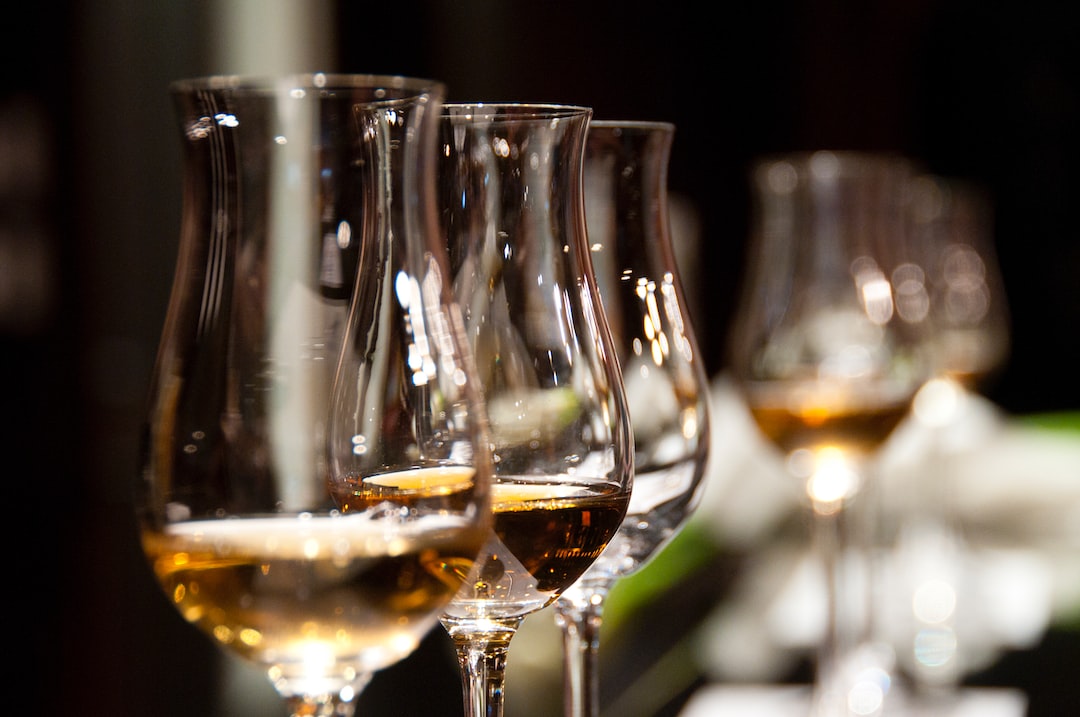
Wine Labels: What They Reveal About Wine Style
Share
Unlocking the secrets behind wine labels can transform your wine tasting experience. Beyond the allure of artful designs and elegant typography, wine labels are a treasure trove of information, revealing clues about the wine's style, origin, and the winemaking philosophy behind the bottle. This guide delves into the nuances of wine labels, offering key insights for wine enthusiasts eager to deepen their understanding of wine styles and origins. By decoding the symbols, terms, and certifications on a wine label, you can embark on a more informed and enjoyable wine discovery journey.
Understanding Wine Label Basics
Before diving into the specifics, it's essential to grasp the basic elements commonly found on wine labels. These include the wine's name, the producer, the region of origin, the vintage (year of harvest), the type of grape(s) used (varietal), and the alcohol content. Some labels may also specify vineyard names, indicating a more specific source of the grapes. This foundational information sets the stage for a deeper exploration of what wine labels can tell us about wine style and quality.
The Significance of the Wine's Name
The name on a wine label can be indicative of the wine's style or origin. Some wines are named after their grape varietal, such as "Chardonnay" or "Merlot," which gives an immediate hint about the taste profile you can expect. Others may be named after the region they come from, like "Chianti" or "Bordeaux," suggesting a style consistent with the traditions and regulations of that area.
Producer and Branding
The producer's name is not just a brand; it's a hallmark of quality and style. Established winemakers with a long history often follow traditional winemaking practices, while newer, boutique wineries might experiment with innovative techniques. Researching the producer can provide insights into the wine's style and the care taken in its creation.
Region and Terroir
The region mentioned on a wine label is a key factor in understanding its style. Terroir, the French term encompassing the geography, geology, and climate of a certain place, significantly influences the character of the wine. For instance, wines from cooler regions tend to be lighter in body and higher in acidity, while those from warmer climates often have a fuller body and richer flavors.
Old World vs. New World Styles
Old World wines, from regions with a long history of winemaking like France, Italy, and Spain, often emphasize terroir and have a more restrained style. New World wines, from countries like the USA, Australia, and Argentina, typically highlight the fruit flavors and might be bolder and more experimental in style. The region on the label can guide you toward your preferred style.
Appellation Systems
Many countries have appellation systems that regulate which grape varieties can be grown in a region and how wines can be made, among other things. For example, Italy's DOCG (Denominazione di Origine Controllata e Garantita) or France's AOC (Appellation d'Origine Contrôlée) on a label not only indicates the wine's geographic origin but also adherence to strict quality standards, often associated with a specific style.

Decoding Vintage and Varietal
The vintage, or year of harvest, can reveal much about the wine's style. A good year in a particular region produces wines of higher quality, which can be richer and more complex. Conversely, a poor vintage might result in lighter wines. Knowing the characteristics of specific vintages can guide you toward wines that match your style preferences.
Single Varietal vs. Blends
A label indicating a single grape variety suggests a wine that aims to express the unique characteristics of that varietal. Blends, on the other hand, combine multiple grape varieties to create a more complex and balanced wine. The varietal or blend listed on the label can hint at the wine's flavor profile and complexity.
Wine Labels and Winemaking Techniques
Winemaking techniques, such as oak aging or natural winemaking practices, significantly impact wine style. Some labels might mention if the wine was aged in oak barrels, which can impart flavors of vanilla, spice, and toast. Others might highlight organic or biodynamic certification, indicating a style that aims to express the natural characteristics of the grape and terroir with minimal intervention.
Understanding Certifications
Certifications like organic, biodynamic, or sustainable on a wine label point to the winemaking practices and philosophy. Organic wines are made from grapes grown without synthetic pesticides or fertilizers, potentially offering a purer expression of the grape. Biodynamic wines take this a step further, following a holistic approach to farming. These certifications can suggest a wine style that values authenticity and environmental stewardship.
The Role of Oak
The mention of oak aging on a label indicates that the wine likely has a richer body and additional flavors imparted by the wood. The type of oak (French, American, etc.) and the duration of aging can also influence the style, with longer aging typically resulting in a more pronounced oak influence.
Alcohol Content and Sweetness Level
The alcohol content, listed as a percentage on the label, can give clues about the wine's body and richness. Higher alcohol wines are often fuller-bodied and more intense, while lower alcohol wines might be lighter and more refreshing. For some wines, particularly dessert wines, the label may also indicate the sweetness level, helping you anticipate the wine's taste profile.
Interpreting Alcohol Levels
Wines with an alcohol content above 14% are generally considered full-bodied, with robust flavors and a richer texture. Wines with alcohol content between 11% and 14% are typically medium-bodied, offering a balance between richness and refreshment. Those under 11% are light-bodied, often crisp and refreshing.
Sweetness Indicators
Some labels use terms like "dry," "off-dry," "semi-sweet," or "sweet" to describe the wine's sweetness level. Dry wines have little to no residual sugar, while sweet wines have higher levels of residual sugar, contributing to their sweetness. Understanding these terms can help you select a wine that matches your taste preference.

Exploring Beyond the Label
While wine labels offer a wealth of information, exploring beyond the label can enrich your understanding of a wine's style and origin. Visiting wineries, attending tastings, and reading about wine regions and producers can provide valuable context and deepen your appreciation for the nuances of wine.
Leveraging Technology
Today, numerous apps and websites allow you to scan a wine label or search by name to access detailed information about the wine, winemaker, and region. These tools can be invaluable in learning about the wine's style, especially when exploring unfamiliar wines or regions.
Engaging with the Wine Community
Joining wine clubs, participating in online forums, and following wine influencers can offer insights and recommendations that help you navigate the vast world of wine. Engaging with the wine community allows you to share experiences and learn from others, further enhancing your understanding of wine styles and labels.
In conclusion, wine labels are more than just decorative elements; they are gateways to the soul of the wine, offering clues to its style, origin, and the philosophy behind its creation. By learning to interpret the information on wine labels, you can make more informed choices that align with your taste preferences and curiosity. Whether you're a novice or a seasoned wine enthusiast, the journey of discovering wine through its labels is an enriching adventure that deepens your connection to this fascinating beverage. Explore, taste, and enjoy the diverse world of wine with newfound knowledge and appreciation.
For more insights into wine tasting and understanding the nuances of different wine regions, consider exploring other articles on our blog, such as Advanced Wine Tasting Techniques Explained, Understanding the Wine Regions of Argentina, and Exploring Dry White Wine Varieties.

